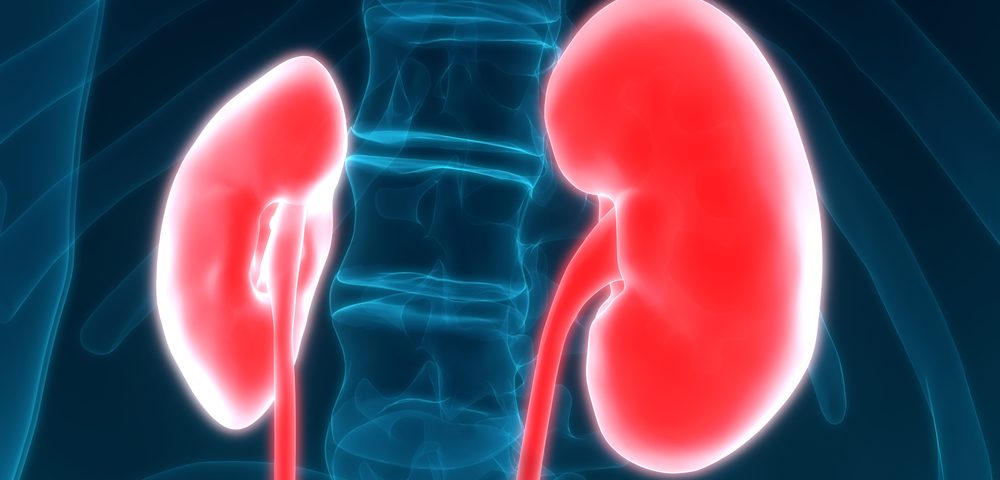Targeting the biological pathway that converts cells’ glucose to energy may be a way to slow down the progression of diabetic kidney disease, according a study at the Joslin Diabetes Center in Boston.
The research, “Pyruvate kinase M2 activation may protect against the progression of diabetic glomerular pathology and mitochondrial dysfunction,” was published in Nature Medicine. Joslin’s chief scientific officer, Dr. George King, who is also a Harvard professor, led the study.
Over 660,000 Americans have end-stage kidney disease. In about 40.4 percent of cases, the disease is a complication of diabetes.
Joslin has studied people with Type 1 diabetes who have been able to keep their blood glucose, or sugar, levels under control and not develop kidney disease. It calls these patients Medalists. The research showed that not only were Medalists able to avoid developing kidney disease, but they lived with type 1 diabetes for over 50 years with very low levels of complications.
Researchers wanted to learn what biological mechanisms protected the kidneys of the Medalists from the damage that high blood glucose levels cause in many people.
The team used kidney tissue from deceased people to analyze levels of proteins in kidney cells that help filter blood. They compared the results of those who developed kidney disease with those who had not.
Researchers suspected that glucose processing was behind damage to the cell’s power generators, or mitochondria. The theory was that that processing triggered the production of a lot of reactive oxygen molecules, which in turn led to kidney disease.
The team was hoping to find higher levels of a host of enzymes responsible for glucose processing in unhealthy kidneys. But they actually found the opposite: They detected much higher levels of the enzymes in those who had not developed kidney disease.
Following up on the finding in mice models, the researchers made another surprising discovery.
“Rather than having damaged mitochondria, somehow these cells, when their glucose metabolism is activated, stimulate themselves to make new mitochondria, so the mitochondria actually work better,” King said in a press release.
The findings opened the door to new treatment approaches.
The team started by activating a key enzyme in glucose-processing pathways, called pyruvate kinase M2 (PKM2), to see if it could be used as a protective treatment. Low levels of PKM2 activity have been found to boost tumor growth. The Joslin researchers wanted to explore the enzyme as a possible protection against kidney disease because they had discovered that PKM2 levels had almost tripled in healthy Medalists’ kidneys.
When the team used a PKM2 activator to increase PKM2 production, they stopped the abnormalities in mouse podocytes, or specialized kidney cells.
Similar glucose-processing protective mechanisms may be found in type 2 diabetes as well, so the team plans to continue their investigation in a broader sample of diabetes patients. The goal is to see if these mechanisms work in the same way.
“Anything we could do to delay the progression of diabetic kidney disease would be very helpful, because the need is great and there hasn’t been a new drug in decades,” King said. “This approach also may prove help defend against eye, nerve or other complications of diabetes.”

